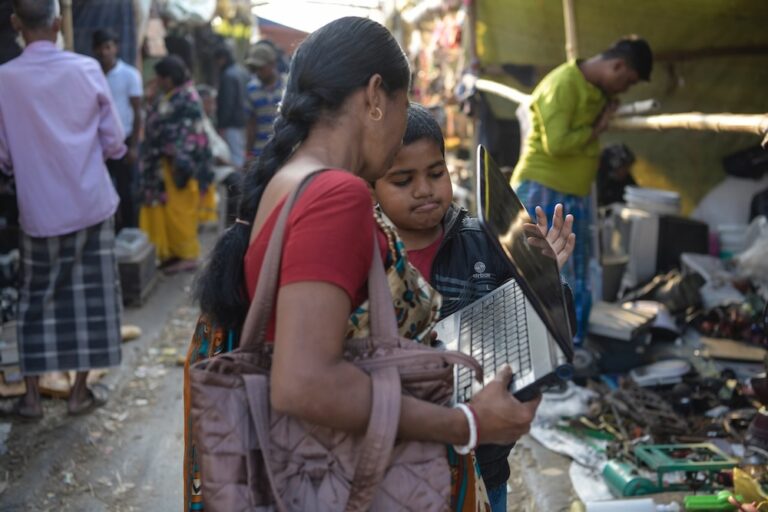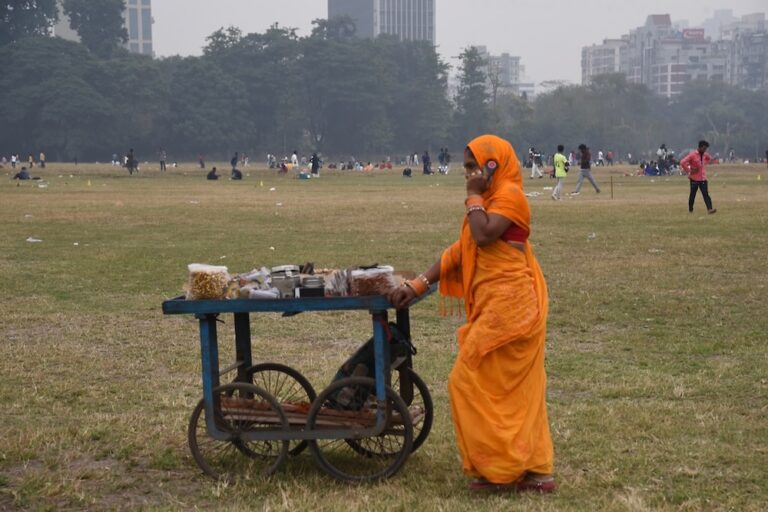The government of India's largest and most populous state, Uttar Pradesh, has been accused of taking the country's most popular (and shrillest) English news channel, Times Now, off the air following a wave of critical reporting.
It is almost impossible to believe, but the government of India’s largest and most populous state, Uttar Pradesh, has been accused of taking the country’s most popular (and shrillest) English news channel, Times Now, off the air following a wave of critical reporting. The so-called ban also extended to another channel, India News. The move led to a widespread backlash, and both channels have been restored. The Samajwadi Party government led by Akhilesh Yadav claims it was a technical glitch and not a targeted strike against its critics.
While the background causes for the ban were slowly built up over time, the immediate one was Times Now’s dogged coverage of a star-studded Bollywood event that cost “crores”, thrown by the Uttar Pradesh government – a festival called “Saifai Mahotsav.” This came at a time when victims of a riot in the town of Muzzafarnagar have been left in the bitter cold to fend for themselves in relief camps. Juxtaposing images of the young Chief Minister watching nubile Bollywood starlets gyrate to the latest hit songs with images of a little child shivering in relief camps, the channels demanded to know, among other things, why the event was taking place and where the money was coming from. The brutal Muzzafarnagar riots, which took place in late August 2013 between Hindus and Muslims in the community, ended with over 1800 Muslim families being displaced from their homes. The Indian media has routinely been reporting on the problems of resettlement, the cold, the dismal conditions of the camps and the victims’ complaints of foul play by officials there. Given this background, the glamorous Saifai festival became a rallying point for TV channels. They also started reporting that five ministers from the Uttar Pradesh government were on a foreign junket while riot victims were still suffering. The criticism against the government was loud and unforgiving, and in some cases, unrelenting.
Soon the editors of both Times Now and India News received reports that their channels were blocked across many cities and towns of Uttar Pradesh. As it stands, it seems the ban was applicable to those still watching cable and was not implemented over Direct-to-Home satellite systems. According to the Indian media, cable operators unofficially admitted that they were being pressurised by the government. The president of the Cable Service Consumer Protection Committee, Ambika Prasad Ojha told the Times of India that “the telecast of Times Now and India News has been stopped across UP because the CM got offended by their negative coverage of the Saifai Mahotsav.” Online media channel Newslaundry reported that they were unable to find any official communication ordering a ban.
In light of the increased criticism, the Uttar Pradesh government has defended itself saying that, “the [Samajwadi] party respects media freedom and that there must be some technical error and nothing else.” The Chief Minister gave an interview explaining that the festival is to boost tourism and industry in the state and has been portrayed in a bad light by the channels, and took offence to much of the language used in their reports. Party spokesperson Gaurav Bhatia singled out the word “debauchery” that Times Now’s main anchor had used to describe the festival. In the same interview, the Chief Minister talked about an interview he gave a year ago that was vetoed by the sales and marketing department of the channel, hinting that incessant coverage of the timing of the festival was not due to its newsworthiness, but to gain viewers. He even complained that the channels did not mention that the same Bollywood stars who attended Saifai Mahotsavalso, also visited sick children in hospitals.
While the young Chief Minister might feel persecuted for holding an annual festival – riot or no riot – the cable operators admissions have heavily hinted that there has been behind-the-scenes muzzling of the media. That coupled with the fact that two very vocal critics were taken off the air in the wake of heightened negative coverage does not bode well for neither the Uttar Pradesh government’s lip service to media freedom, nor media freedom in India on the whole. The incident has taken place without anyone going to an industry association with a formal complaint or a formal order for a short-term ban (as happens from time to time in India when channels break rules). The Information and Broadcasting Minister, Manish Tewari, made a statement saying that, “I think it is extremely unwarranted, it is extremely uncalled for and if at all any channel has been taken off the air for malicious reasons or a malafide reason, it is extremely uncalled for that freedom of speech and expression is trampled upon in this manner.” Tellingly, the Minister had just finished a speech in which he had said that in broadcasting, if content is king then distribution is God.
Ultimately, unless it can be proven that cable operators stopped the transmission of Times Now and India News on purpose, the story will remain mired in allegations. However, the public sentiment on social media seems to agree that the channels were unfairly targeted. What this exposes is the lack of rules when in face-offs between politicians (or perhaps, ruling politicians) and the media. Earlier reports on the Congress government have centred on requests to Google to take down posts that criticised it, as well as cases of social media users being arrested for comments critical of politicians. In this case, it seems, instead of either ignoring the criticism, or filing a formal complaint, the state government simply bullied cable operators into taking the channels off air. For a country that prides itself on a diverse and robust media environment, it is yet another in a long list of warning signs that press freedom is certainly not to be taken for granted and need to be protected at all costs.
This article was published on 16 Jan 2014 at indexoncensorship.org


